Have you ever wondered how long you can drive your car without brake pads? Many drivers don’t realize that their brake pads have a certain lifespan, and that driving without them can be incredibly dangerous. It’s important to know the risks of driving without brakes, and what to do if you find yourself in such a situation. In this article, we’ll explore the consequences of not replacing your brake pads on time and talk about what to do if you find yourself driving without them.
In today’s world, cars are an essential part of our lives – they take us to work, school, and everywhere else we need to go. But even the most reliable vehicles require regular maintenance so they can keep running safely. Brake pads are no different – they need to be replaced regularly in order for your car to stop properly. Unfortunately, many drivers don’t realize the importance of replacing their brake pads until it’s too late.
Driving without functional brakes is incredibly risky – it could put you and other drivers at risk of serious injury or death. In this article, we’ll discuss how long you can drive without brake pads before it becomes dangerous and what steps you should take if you find yourself in such a situation. We’ll also look at some tips for maintaining your brakes so that this doesn’t happen again in the future. So let’s get started!
Understanding Brake Pads
Brake pads are an essential component of a car’s braking system. They are made from metal, ceramic or other composite materials and act as a cushion between the brake caliper and the brake rotor. The purpose of brake pads is to absorb the energy generated when brakes are applied, allowing for smooth stopping power and control. Without them, it would be difficult – if not impossible – to slow down or stop a vehicle safely.
When it comes to how long you can drive without brake pads, it really depends on the type of vehicle you’re driving and its condition. If your car has been well maintained with regular servicing, then it should be able to handle some wear and tear before needing new pads. On the other hand, if you haven’t had your brakes checked in a while, or have been driving recklessly, then you could be putting yourself at risk by operating without them.
It’s important to remember that even with properly functioning brakes, driving without brake pads will still reduce your stopping power significantly and increase the likelihood of an accident happening. Therefore, it’s absolutely essential that you get your brakes checked regularly and replace any worn-out parts as soon as possible in order to ensure maximum safety when driving.
Components And Functionality
Now that we understand the importance of brake pads, let’s take a closer look at what they’re made of and how they work. As mentioned before, brake pads are typically constructed with metal, ceramic or composite materials. The metal layers are designed to absorb heat and friction generated by braking, while the softer materials like ceramic provide cushioning to reduce wear and tear on the brake rotors.
When brakes are applied, the caliper pushes against the brake pads which in turn press against the rotor. This creates friction which then causes the vehicle to slow down or stop. Depending on how much force is applied to the brakes, this process can produce significant amounts of heat which will be absorbed by the metal layers of the pads.
The functionality of brake pads is also affected by other components such as brake fluid and hydraulic pressure-assisted systems which help transfer energy from the pedal to the wheels for better braking performance. Without these components working together in synergy, your car would not be able to slow down or come to a complete stop efficiently or safely.
It’s clear that having properly functioning brake pads is key for safe driving – not only for you but also for other motorists on the road. Regular servicing and maintenance should ensure that your car’s braking system is always in top condition so you can rest assured that your stopping power is reliable when you need it most.
Warning Signs Of Wear
It’s important to stay attuned to the condition of your brakes so you can tell when it’s time for a service. One of the common warning signs of brake pads wearing down is a squealing noise when you press the brakes. This noise is generated by a small metal tab on the brake pad that rubs against the rotor and serves as an indicator that the pads are not sufficient enough to stop your car safely.
Another sign to look out for is brake pedal pulsation. If your car vibrates or shudders when you press down on the brakes, this could be an indication that your rotors are worn or warped and need replacing. It can also indicate that your brake pads have deteriorated too much and need replacing. In either case, it’s important to get these issues addressed right away as they could lead to unsafe braking performance which puts yourself and other drivers at risk.
If you’re ever unsure about how your brakes are performing, it’s best to always err on the side of caution and book in for a professional inspection from a qualified mechanic who can check all of the components in your braking system such as brake fluid levels and pad wear. This will ensure that you can continue driving with confidence knowing that your car’s stopping power is reliable whenever you need it most.
Average Lifespan Of Brake Pads
Putting aside any warning signs of wear, it’s also important to keep in mind the average lifespan of brake pads so you can anticipate when they may need replacing. Generally speaking, most brake pads should last between 30,000 and 70,000 miles depending on driving conditions and style. If you drive in an area with a lot of hills or if you tend to make frequent hard stops then your pads could wear out sooner. It’s important to be aware of these factors so that you can plan for regular brake pad inspections and replacements accordingly.
Another factor to consider is how often your car is used for long drives or highway trips as this will also impact the rate at which your brakes are worn down due to increased usage over longer distances. As a result, it’s always wise to check your pad depth regularly during oil changes or other routine maintenance procedures as this will provide some indication of how much life is left in them before needing replacement.
Without knowing the exact condition of your brakes, it’s difficult to estimate how long you can safely drive without changing the pads. Therefore, it’s best practice to have them checked by a trusted mechanic who can advise on when they need replacing based on their condition. Taking care of brake maintenance regularly will help ensure that they remain reliable and safe whenever you need them most.
Effects Of Driving Without Brake Pads
Driving without brake pads can have serious consequences on your vehicle and your safety. Without proper functioning brakes, you risk having a much longer stopping distance than usual, which could put you in danger especially if you are driving at high speeds. Additionally, the calipers may become damaged from prolonged contact with the rotors due to lack of padding, leading to expensive repairs down the line. Furthermore, the heat generated from braking can cause warping or other damage to the rotors which will require replacing.
It’s important to remember that driving without brake pads is hazardous and should be avoided at all costs. Not only will it compromise your safety, but it may also damage other parts of your car as well. If you notice any signs of wear or hear strange noises coming from your brakes – such as squealing or grinding – then it’s best to take your car into a mechanic right away for an inspection and replacement if necessary.
So while there’s no exact answer for how long you can drive without brake pads, it’s safe to say that it’s not recommended under any circumstances. Taking care of regular maintenance and paying attention to warning signs of wear will ensure that you can continue using your brakes safely and effectively when needed most.
How To Check The Health Of Your Brake Pads
It’s important to take the time to check on the health of your brake pads regularly, regardless of whether you’re experiencing any issues. After all, it’s better to catch potential problems before they become serious and potentially dangerous.
Fortunately, checking the health of your brake pads is fairly straightforward. First, you can look for signs of wear and tear by visually inspecting them when you’re changing a tire or performing other maintenance work on your car. Look for any cracking on the surface or any discoloration that could indicate heat damage. You can also check your brakes while driving by listening out for any strange noises such as squealing or grinding when you press down on the pedal – this could be a sign that the brake pads are wearing thin.
Finally, if you have access to special tools like calipers or torque wrenches, you can measure the thickness of your brake pads in order to get an accurate idea of their condition. This will give you a better understanding of how much life remains in them so that you can plan accordingly for repairs or replacements when needed.
By taking these steps, you’ll be able to stay ahead of any potential problems with your brakes and ensure that they remain in good working condition for as long as possible.
Cost Implications For Replacing Brake Pads
Once you have determined that your brake pads need replacing, it’s important to consider the cost implications of this decision. Depending on the type of car that you drive and the specific parts that you require, the cost of replacing brake pads can range from a few hundred dollars up to several thousand.
Replacing brake pads can be an expensive job, but it is also essential for ensuring your safety while driving. The cost of repairs will depend on the quality of replacement parts and how many are required – for example, some cars may only need one or two new brake pads whereas others might need four or more. It’s also important to factor in any additional labor costs such as wheel alignment or repairs to other components related to braking performance.
Ultimately, replacing your brake pads is an investment in your safety and should not be taken lightly. Even if it is expensive upfront, it is well worth the cost in order to keep yourself and those around you safe on the roads.
Recommended Maintenance For Prolonging Brake Pad Life
It’s important to remember that replacing brake pads can be an expensive job, but there are ways to prolong the lifespan of your brake pads and reduce the need for costly repairs. Regular maintenance and inspection of brakes is key to ensuring maximum performance and safety.
Regularly checking the condition of your brake pads is essential for maintaining optimal braking performance. You should inspect your brakes at least every 6 months or 10,000 miles (whichever comes first). Inspecting your brakes will help identify any issues early on so that they can be addressed quickly before they become a major problem.
It is also important to monitor your driving habits as this can have a major impact on the longevity of your brakes. Hard braking, driving in wet conditions, and carrying heavy loads are all factors that can contribute to increased wear and tear on your brake pads. By practicing good driving habits and staying aware of potential hazards on the road, you can help ensure that you get the most out of your brake pads.
By following these simple steps, you can improve the overall performance and safety of your vehicle while reducing the need for costly repairs in the future.
How To Replace Your Own Brake Pads
Now that you know the importance of regular maintenance and inspection for your brakes, it’s time to look at how to replace your own brake pads. Replacing your own brake pads is a relatively simple process, but it’s important to take the necessary safety precautions. Before attempting any work on your brakes, make sure to consult with a professional if you are unsure of what you’re doing.
The first step in replacing your brake pads is to remove the old ones. This can be done by using a screwdriver or wrench to loosen the retaining screws and then carefully pulling out the old pad. Once the old pad has been removed, inspect it for wear and tear. If there is significant wear, then it is likely time for new pads.
Next, install the new brake pads by lining them up with the caliper bracket and inserting them into place. Make sure that they are properly lined up so that they can move freely within the bracket when pressure is applied. Finally, secure the new pad in place with retaining screws and check for proper fitment and alignment. Once everything looks good, give your brakes a test drive to make sure that they are working correctly.
If all goes well, you have successfully replaced your own brake pads! Properly maintained brakes can help extend their life significantly, so don’t forget about regular maintenance checks as well as timely repairs when needed. Doing so will ensure maximum safety and performance from your vehicle’s braking system over time.
Safety Considerations When Driving With Worn-Out Brake Pads
Driving with worn-out brake pads is a dangerous practice that should be avoided at all costs. Not only can it lead to decreased braking performance, but it also puts you at risk of an accident due to the increased stopping distance needed for your vehicle to come to a complete halt. That’s why it’s important to have a regular maintenance schedule in place, and check your brakes regularly – especially if you notice any signs of wear and tear.
When driving with worn-out brake pads, there are some safety considerations that you should keep in mind. First and foremost, make sure to increase the following distance between yourself and the vehicles around you. This will give you more time to react if you need to brake suddenly. Additionally, it’s important not to take any sharp turns or sudden stops when driving on worn-out brake pads as this can cause the brakes to lock up and result in an accident.
Finally, remember that driving with worn-out brakes is a hazard that should be avoided whenever possible. If your brakes are showing signs of wear and tear, make sure that they’re replaced as soon as possible so that you can remain safe on the road. Regular inspections and maintenance can help ensure maximum performance from your vehicle’s braking system over time.
Frequently Asked Questions
Is It Safe To Drive With Worn-Out Brake Pads?
Driving with worn-out brake pads is a dangerous situation to be in. The brakes are an essential safety feature in any vehicle, and when they are not working properly, it can put the driver and passengers at risk of a serious accident. Brake pads are designed to absorb the energy from braking, and if they are too worn out, they will no longer be able to do this effectively. This can lead to increased stopping distance, putting the driver and anyone else on the road in danger.
It is important for drivers to understand how their brakes work and when they should be replaced. Generally speaking, brake pads should be checked every 20-30 thousand miles or every two years, whichever comes first. If the brake pads appear to be excessively worn or damaged before then, they should be replaced immediately. A mechanic can help determine if the brake pads need replacing and provide advice on how often this should occur going forward.
When determining whether or not it is safe to drive with worn-out brake pads, it is best to err on the side of caution and replace them as soon as possible. Even if driving with worn-out brake pads may still technically be possible in some cases, it increases risks significantly for both the driver and other people on the road. Therefore, drivers should always make sure their brakes are in good condition before getting behind the wheel of a car.
How Often Should Brake Pads Be Inspected?
Maintaining proper brake pad health is essential for safe driving. That’s why it’s important to know how often brake pads should be inspected. Regularly inspecting and replacing brake pads as needed can help prevent accidents and protect the longevity of your vehicle.
When having your brakes inspected, you’ll want to look for any signs that indicate worn brake pads. Common signs include a squealing or grinding noise when applying the brakes, a spongy or mushy feel when pressing down on the pedal, or a strong vibration when slowing down. If any of these signs appear, it’s time to replace your brake pads.
If you’re unsure about how often to have your brake pads checked, most manufacturers recommend checking them every 25,000 miles (40,000 km). However, if you drive in areas with frequent stop-and-go traffic or steep hills, you may need to inspect them more frequently as they may wear out faster under those conditions. It’s also important to check for uneven wear between the left and right sides of the car – this could be an indication of an underlying issue that requires further inspection from a mechanic.
Regularly inspecting and replacing your brake pads is key to ensuring safe driving conditions and extending the life of your vehicle. Be sure to get into the habit of regularly checking this safety component so you can stay safe on the road!
What Are The Common Causes Of Brake Pad Failure?
The common causes of brake pad failure are typically related to age, wear and tear, and bad driving habits. Over time, brake pads can become worn down from regular use. This is especially true when the driver engages in hard braking or drives a lot of stop-and-go traffic. In addition, heat buildup from intense braking can significantly reduce the longevity of brake pads. The more you drive, the faster your brake pads will wear out.
Another common cause of brake pad failure is a lack of proper maintenance. Brake pads should be inspected every 10,000 to 15,000 miles or so to check for any signs of wear and tear. If they are not replaced soon enough, it can lead to costly damage to the rotor and other essential components of the braking system. Additionally, it’s important to check that the brakes are properly aligned as this can affect their longevity as well.
Finally, improper installation or a faulty product may also be responsible for premature brake pad failure. It’s important that you have an experienced technician install any new parts or inspect your brakes regularly so that you don’t end up with worn down pads sooner than expected. An experienced mechanic will also be able to identify any potential problems before they become too serious and require costly repairs.
Are There Any Preventative Measures I Can Take To Help Prolong The Lifespan Of My Brake Pads?
It’s important to take preventative measures to help prolong the lifespan of your brake pads. Brake pads are essential components of a car and if they are not maintained properly, they can wear down quickly and cause costly repairs. There are several things you can do to help keep your brake pads in good condition and extend their life.
One of the most effective ways to prolong the life of your brake pads is to have them inspected regularly by a certified technician. Regular inspections allow any potential issues with your brakes to be caught and addressed before they become more serious problems. Additionally, having regular maintenance done on your car will ensure that all components are working correctly and that no parts need replacing prematurely.
Another way you can help keep your brake pads in good condition is by ensuring that you drive responsibly and use appropriate braking techniques. Excessive braking, especially when going downhill or in wet conditions, can cause excessive wear on the brake pads. Driving slowly and avoiding sudden stopping or turning will also help reduce strain on the brakes and make sure that the brake pads don’t wear out faster than necessary.
Finally, making sure that you use quality parts for any replacement or repair work done on your car will also help ensure that your brake pads last as long as possible. High-quality parts may cost a bit more upfront but they will provide better performance and last longer than cheaper alternatives. So investing in quality parts now could save you money in the long run by increasing the lifespan of your brakes.
What Is The Difference Between Metal And Ceramic Brake Pads?
When it comes to brake pads, one of the most important questions is what type of material they are made out of. The two main materials used for brake pads are metal and ceramic. Each has its own benefits and drawbacks, so it’s important to understand the difference between these two materials when making a decision on which type of brake pad to use.
Metal brake pads are typically made out of steel or iron, and they tend to be harder than their ceramic counterparts. This makes them ideal for heavy-duty vehicles such as SUVs and trucks but can lead to more noise while braking. Additionally, metal brake pads wear down faster than ceramic ones, meaning that they need to be replaced more often.
Ceramic brake pads are made from a combination of ceramic fibers and resins which make them less noisy than metal ones and also provide better performance in terms of stopping distance and handling. However, because ceramic brakes are softer than metal brakes, they tend to require more frequent maintenance in order to prevent excessive wear. They also tend to be more expensive than their metal counterparts.
When deciding on which type of brake pad to use for your vehicle it’s important to consider the pros and cons of each material as well as its intended application in order to make an informed decision that fits your needs best. It’s also important not forget other preventative measures you can take such as checking fluid levels regularly and having your brakes inspected by a professional mechanic at least once a year in order to ensure that your vehicle is always operating safely and efficiently.
Conclusion
It’s important to know how long you can drive without brake pads, and it’s also important to understand the different types of brake pads. Metal brake pads typically last longer than ceramic ones, but both should be inspected regularly for signs of wear or damage. Regular maintenance and preventative measures like avoiding hard braking can help prolong the lifespan of your brake pads.
No matter what type of brake pad you are using, it is never safe to drive with worn-out brakes. If your brakes are not functioning properly, it is best to get them checked out by a professional mechanic as soon as possible. It is always better to be safe than sorry!
In conclusion, understanding the importance of taking care of your brake pads by inspecting them regularly and avoiding hard braking can help keep you safe on the roads and ensure that your vehicle remains in good condition. Taking these simple steps could save you money in the long run and provide peace of mind while driving.







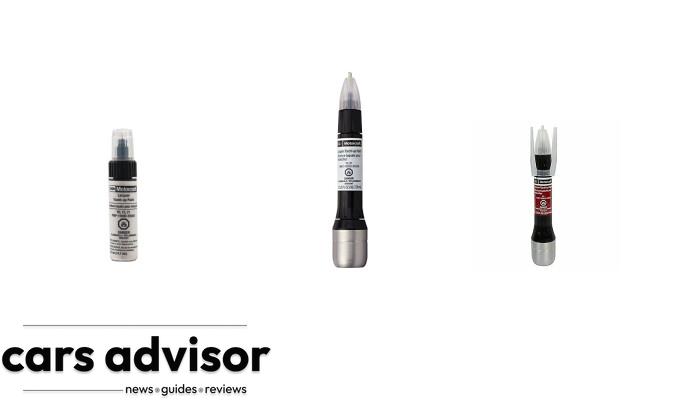

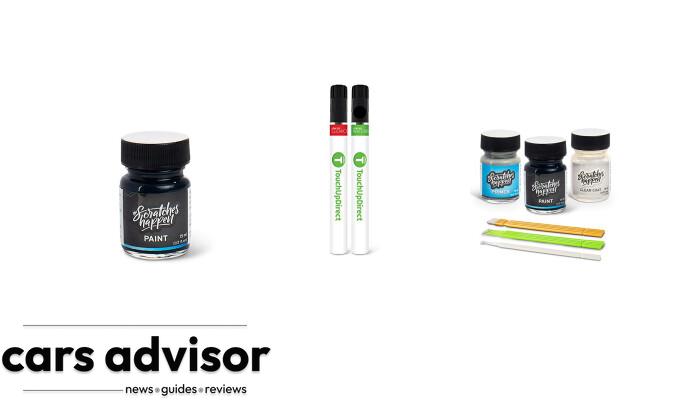

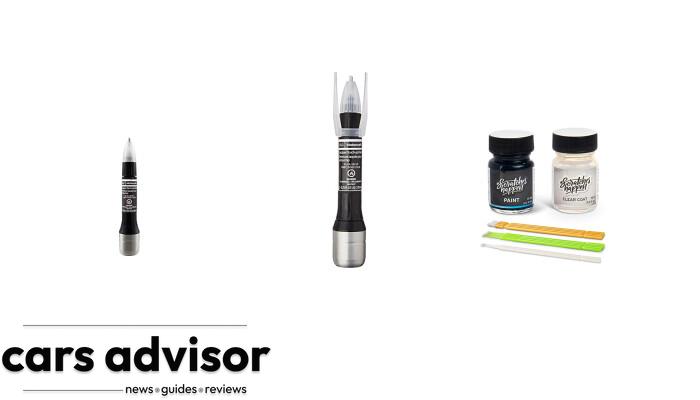

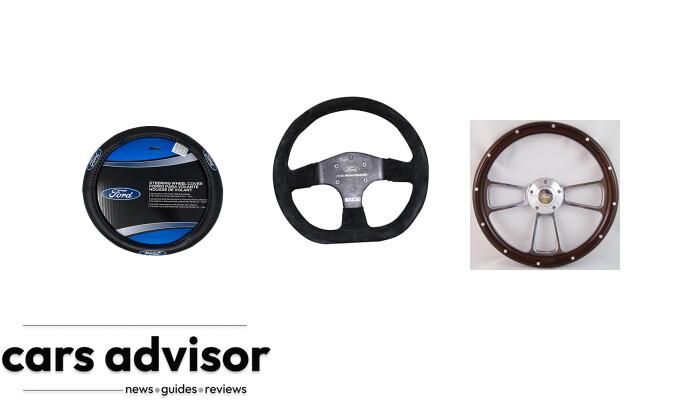



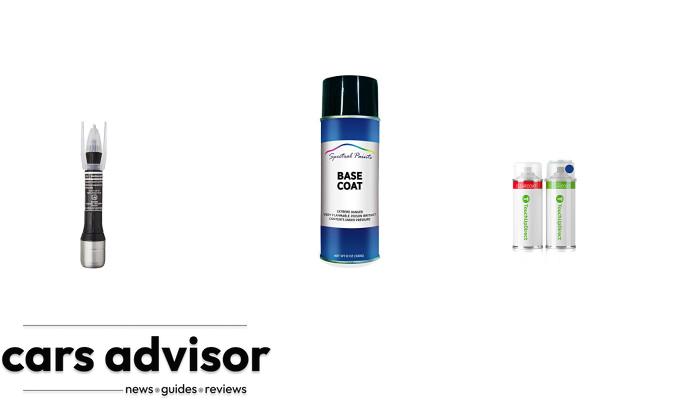



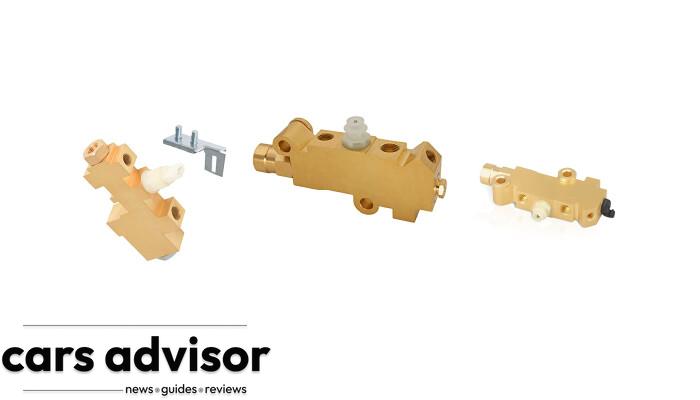
Wow, superb blog structure! How long have you been blogging for?
you made running a blog look easy. The total look of your website is fantastic, as neatly as the content!
You can see similar here najlepszy sklep
Very interesting information!Perfect just what I was looking for!Expand blog